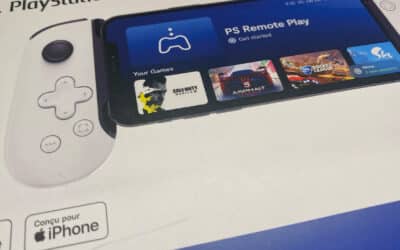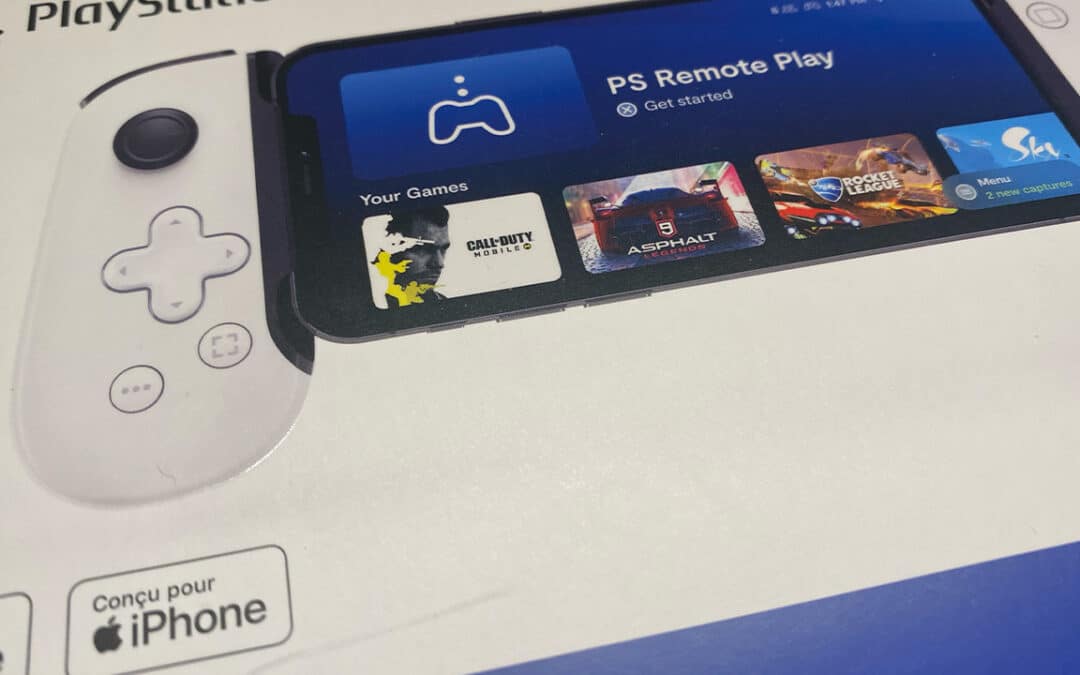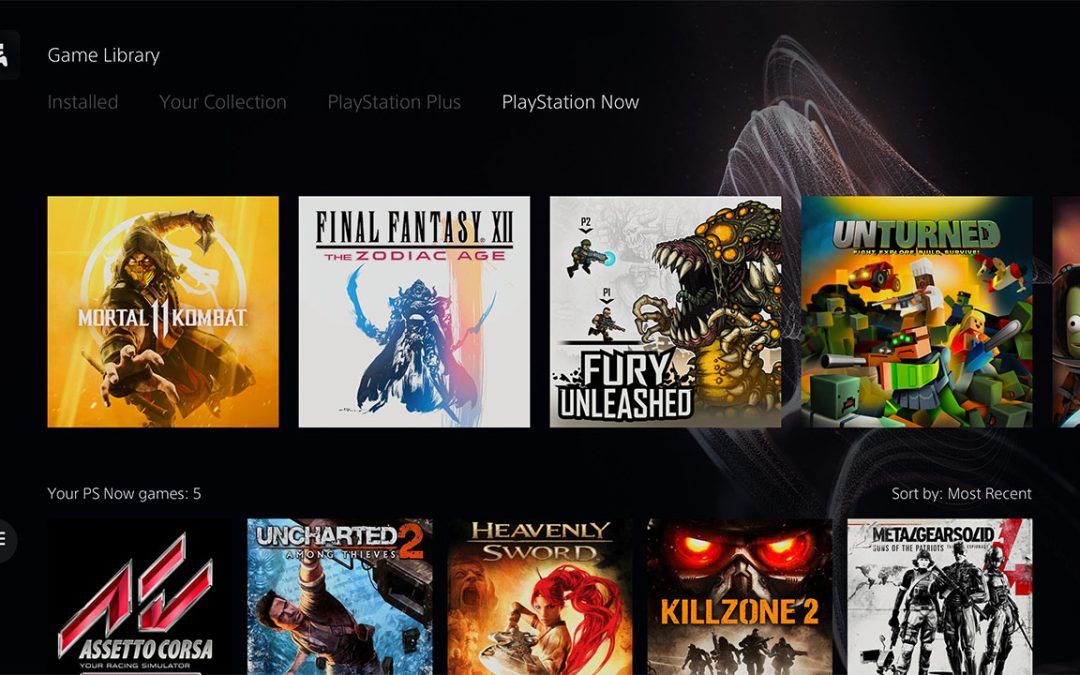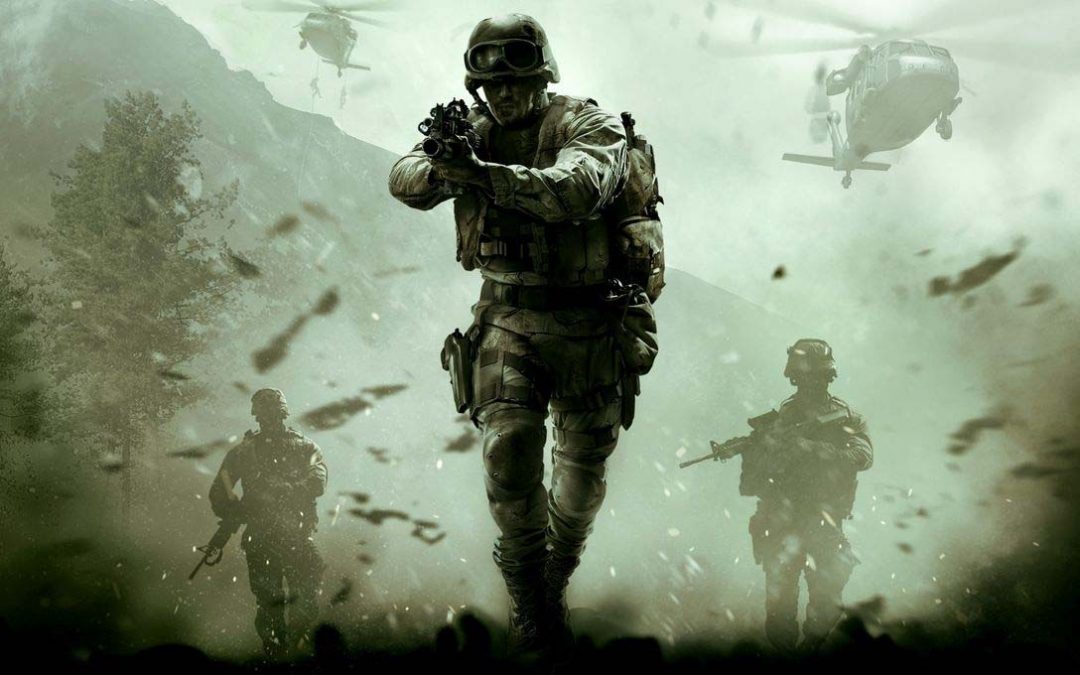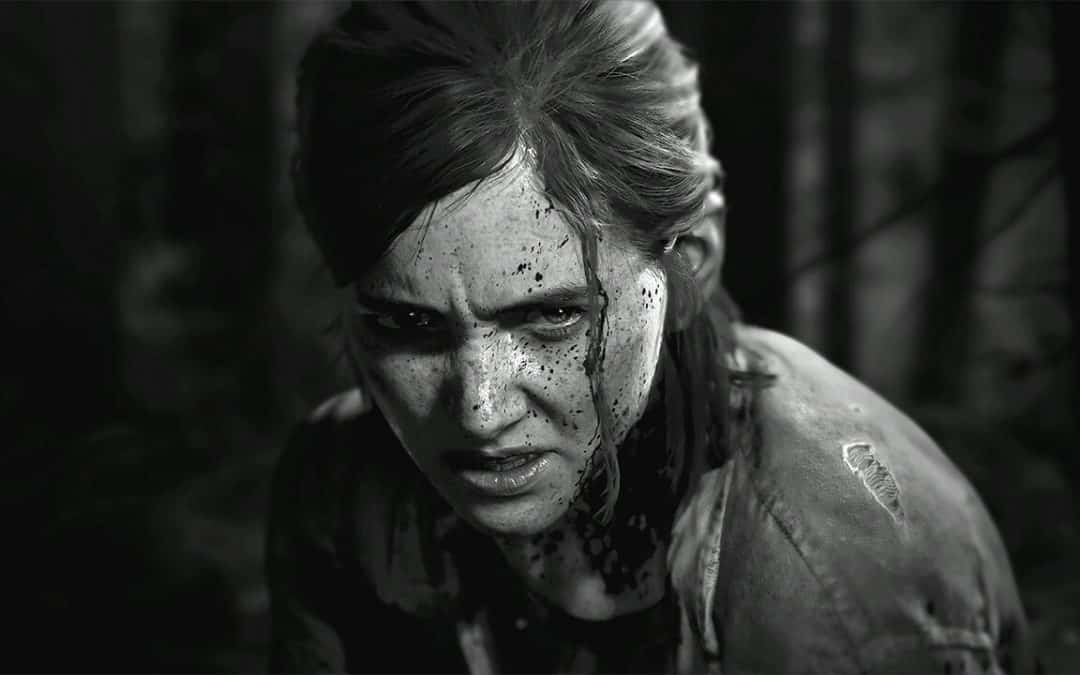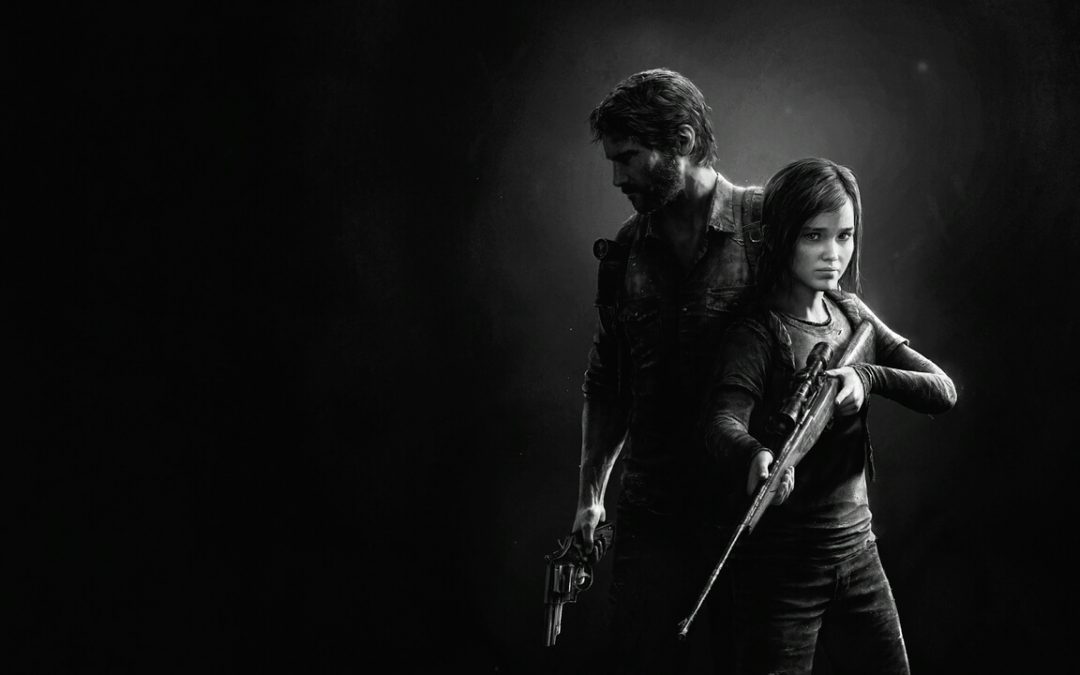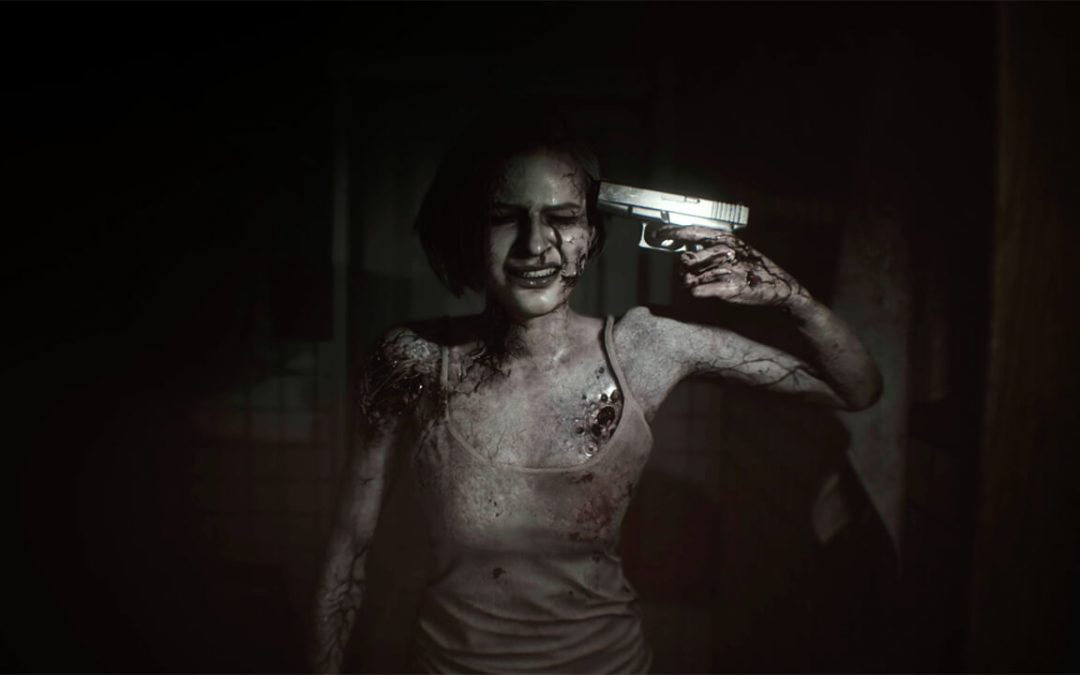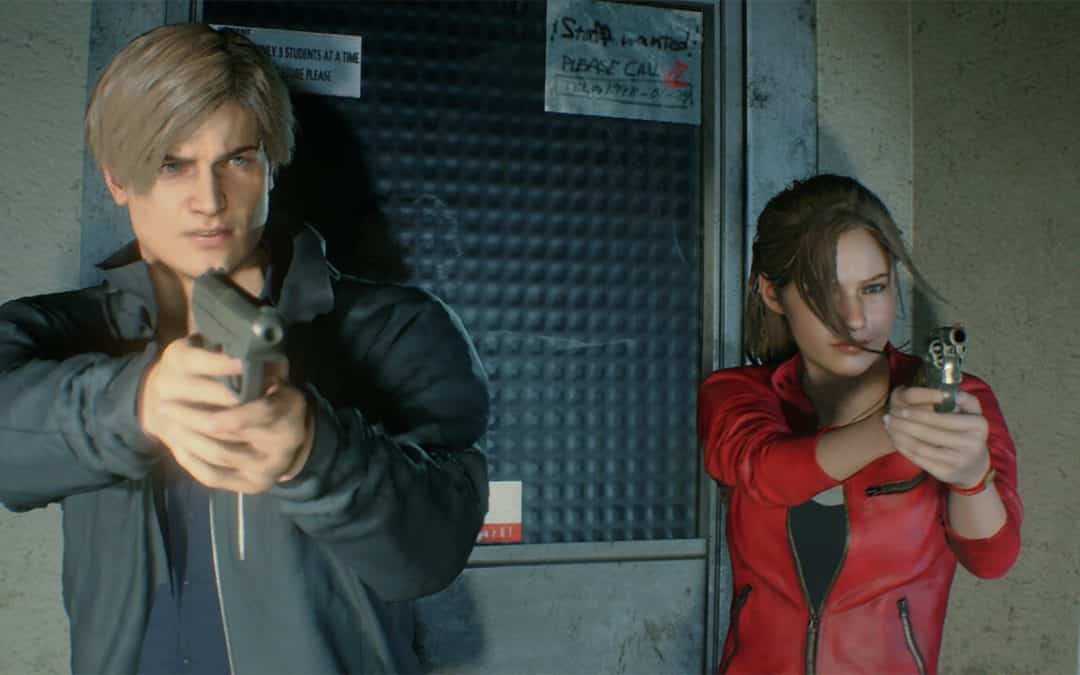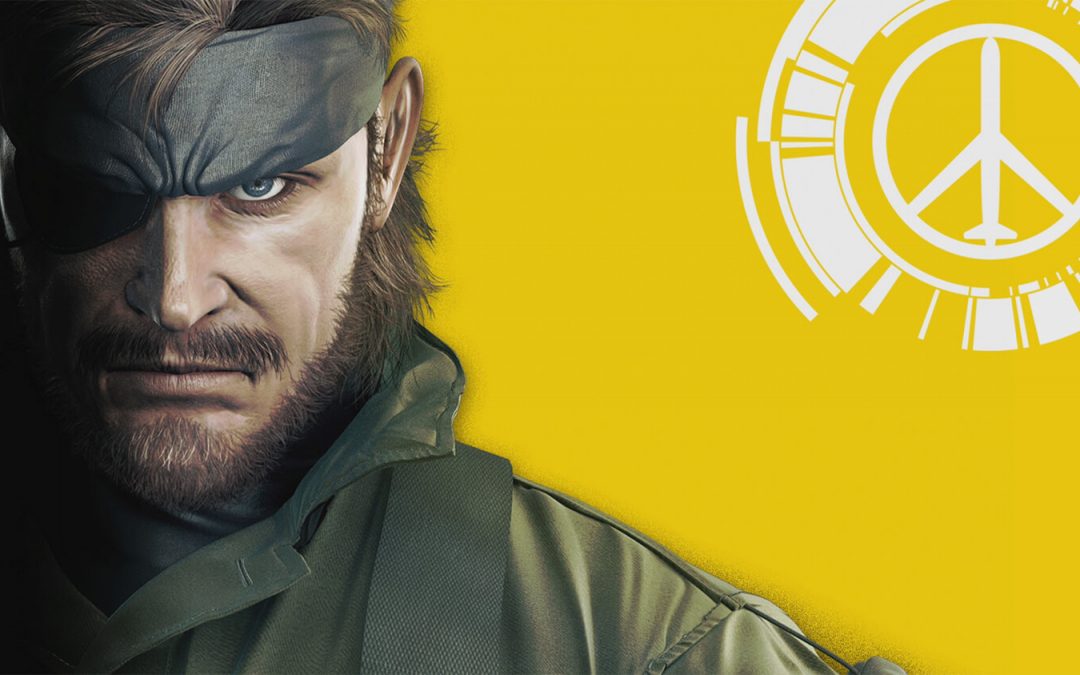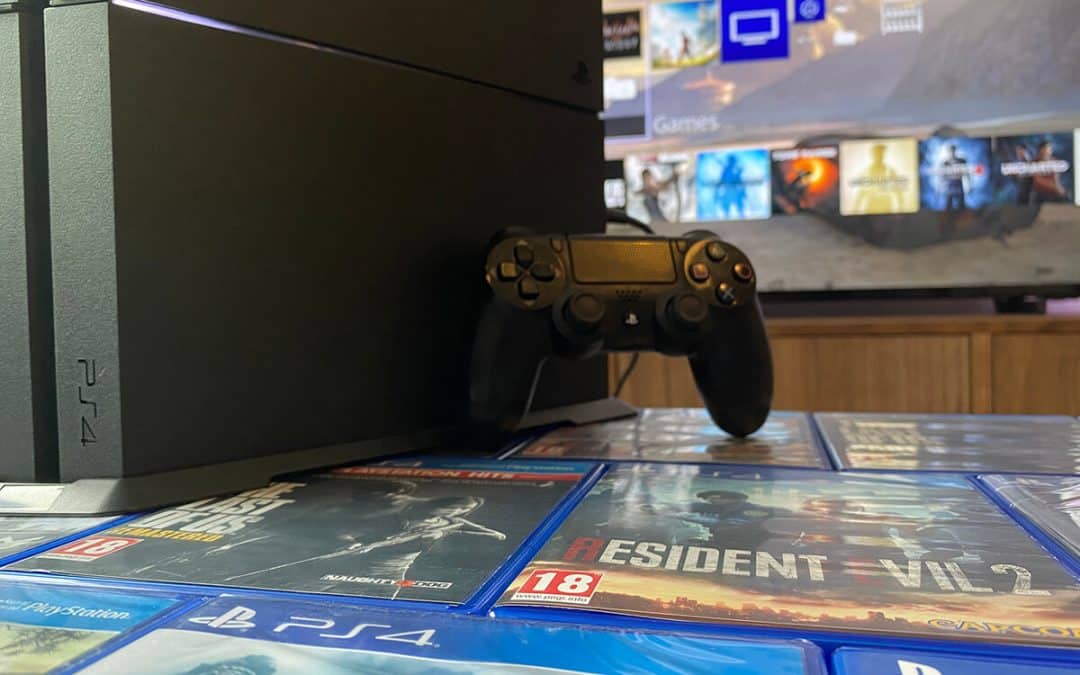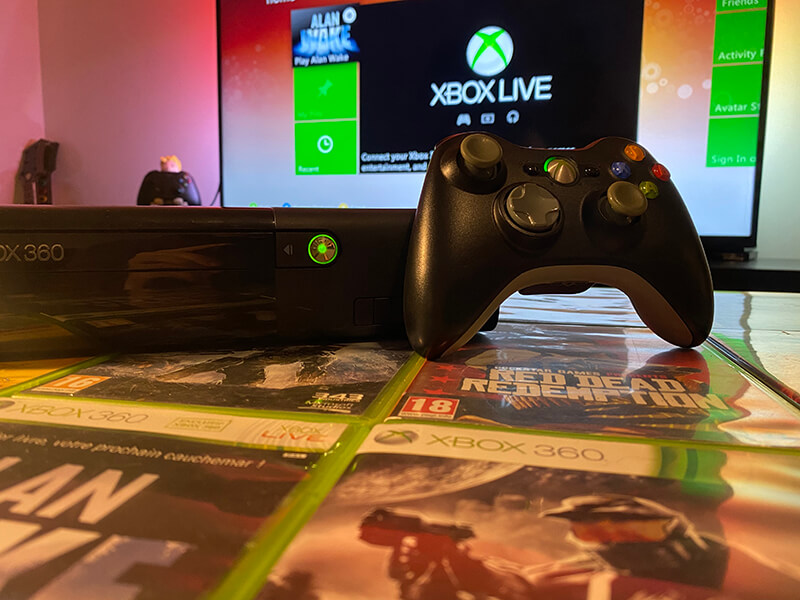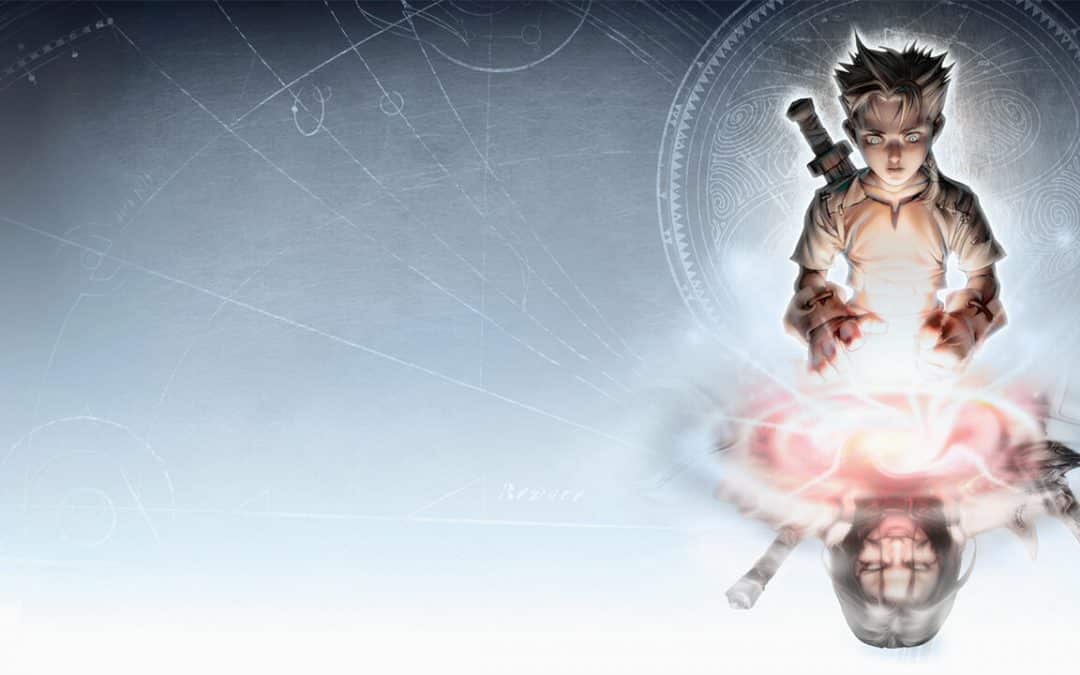Produced and written by Hideo Kojima, Metal Gear Solid is an action/infiltration game released by Konami in 1998 on the Sony PlayStation.
It’s worth mentioning that Metal Gear Solid follows the storyline of Metal Gear and Metal Gear 2: Solid Snake, respectively released in 1987 and 1990 on NES and MSX2. While you don’t need to play these two oldies before playing MGS, you’ll appreciate the scenario more if you know what happened before. Now, if MG and MG2 were good games back then, they have aged a great deal. To catch up, read the recap of Solid Snake’s first adventures:
⚠️ This is a spoiler-free review.
A complex and breathtaking storyline
The year is 2005.
A secret military complex located on the Shadow Moses Island, Alaska, has been infiltrated by FOXHOUND, an Elite Soldiers’ unit that’s now threatening to nuke the United States if the government doesn’t give in to their demands. They want the remains of Big Boss’ body*, and 1 billion USD.
*Big Boss is Fox Hound’s former leader and was killed by Solid Snake.
To ensure their demands are met, the terrorists have taken the DARPA chief (Donald Anderson) and the president of a multinational military organization (Kenneth Baker) hostage, making it difficult for the US government to bomb the base.
To solve the situation, the US government calls a retired soldier; the legendary Solid Snake. His mission is to infiltrate the base, secure the hostages, neutralize the terrorists, and stop their leader: Liquid Snake.
This classic synopsis sets the scene for a plot that’s full of surprises. No Manichaeism here. Hideo Kojima wanted to blur the frontier between good and evil with the purpose of forcing us to see things from different perspectives. This alone made MGS stand out from the other available titles back in 1998.
Rare thing for a 1998 title, you’ll even feel sorry for some of FOXHOUND’s members, despite all of the terrible things they’ve done. What’s more, behind its futuristic & science-fiction identity, Metal Gear Solid also tackles topics that are still very relevant today, such as the horror of war, child soldiers, genome modifications, and the threat of nuclear weapons.
Add surprising outcomes and charismatic characters (incl. the voice cast), and you get all the ingredients for a game that should keep any gamer in check from the opening scene to the ending screen.
This OG PlayStation game was released over 20 years ago. For obvious reasons, its graphics and gameplay mechanics whos evident signs of age, but its plot is enough to justify buying/playing it today.
Sneak or die
There’s a reason why Metal Gear Solid—and Metal Gear before that— is still considered as one of the first great infiltration games. Even in the ‘Normal’ difficulty mode, a direct and frontal approach will likely lead to a GAME OVER in most cases.
While each guard is not difficult to beat, your life bar will lower fast if you’re not careful. The gameplay doesn’t leave much room for frontal approaches anyway. You better try to sneak around. Fortunately, Snake has a panel of movements to make this happen. He can lay on walls, knock on harsh surfaces to attract guards and create diversions, crawl, hide inside of vents or under trucks, or sneak behind guards to dispose of them quietly. All these movements are instrumental to sneak through.
That said, guards will detect your presence if you enter their vision field, hear your footsteps, or notice traces you left behind your passage in the snow or after walking in water. In addition to that, you’ll have to deal with security cameras, mines, infrared rays, and, on occasion, deadly gas.
All in all, staying out of sight can be challenging, but it will give you a lot of satisfaction when you succeed.
An arsenal in your pocket
Snake can count on many items and weapons to help him complete his perilous mission.
One of your most important gadgets is the Soliton Radar. Developed by Mei Ling—a member of the team here to support you via codec, a nanotech allowing you to communicate discreetly at all times and to save the game—, the Soliton Radar reveals guards and cameras’ positions as well as their field of vision, displayed as a cone of color. Very convenient to stay out of trouble.
You’ll also get to use thermal goggles to see lasers and enemies in the dark, magnetic cards to open doors, or a gas mask to stay longer in rooms filled with toxic gas. What’s more, you’ll get to use many weapons to get yourself out of trouble, from a handgun equipped with a silencer to a top-notch guided missile launcher.
Cheeky gameplay mechanics
Hideo Kojima loves to play with gamers.
A signature we learned to love and hate. Undeniably, MGS came with tricks we’d never seen before. The use of ketchup to simulate blood and trick guards, essential information located at the back of the game’s case, etc. If you’ve never played the game, you’re in for a ride full of pleasant surprises.
A movie-like experience
Hideo Kojima loves the movie industry. And, oh boy, does this translates in the Metal Gear Solid series. The first MGS contains 3 hours and 14 minutes of cut-scenes.
If movies clearly inspired the scenario, the variety in the gameplay sequences contributes to building something that we don’t see in all games, even today.
This is partly due to the incredible soundtrack of the game.
A brilliant soundtrack and a precursor voice cast.
Hideo Kojima made sure he had the right voice cast to double his game’s characters, with a special mention to David Hayter (Snake). Of course, the acting performance behind iconic characters such as Master Miller, Colonel Campbell, Revolver Ocelot, Meryl, or Gray Fox also contributes to making MGS1 one of the best games ever released.
You can find the full cast here on IMDB.
The game is also coming with an epic original soundtrack. You can find it here.
Epic Boss Battles
Metal Gear Solid (and all the titles that followed) is also famous for its epic boss fights. In MGS, Snake will have to face extremely well-trained soldiers.
From left to right.

- Decoy Octopus: he can copy anyone’s DNA and impersonate them.
- Psycho Mantis: a very talented — and twisted — telekinetic that you’ll fight in what is one of the most epic battles in the history of video games.
- Revolver Ocelot: exceptional gunner, he plays a central part in the Metal Gear Solid plot.
- Liquid Snake: Snake’s brother. They both share Big Boss’ DNA.
- Sniper Wolf: the only female character of the crew (#1998). She is terribly efficient with a sniper rifle.
- Vulcan Raven: Raven is a lone wolf, also twisted in his own ways. You’ll get to fight him in different sceneries.
If you have never played Metal Gear Solid, I don’t want to risk spoiling any of the pleasure you’ll feel by discovering how epic these battles are. Special mention to the battle against Psycho Mantis.
10(ish) hours later
All the good things do come to an end, and a title as intense cannot last forever — especially with all the evident technological limitations of the PSx. Count between 10 to 12 hours to see the end of the game for the first time playing in normal mode. Very honorable considering that some games don’t deliver as well nowadays.
And if you’re up for it, you’ll need to complete the game at least twice to see both endings. I can’t really tell you more about this without spoiling you.
—
Now, MGS is obviously fighting against time. And some things are pretty darn annoying.
A couple of flaws, still.
Metal Gear Solid is flawed with annoying details that would send any recent game in the shadows forever.
Aged graphics
The first is quite obvious: the graphics have aged a lot. But that’s true for most old 3D games (and probably why the PlayStation Classic was a flop).
No proper FPS view
The game doesn’t let you shoot using the first-person (except when using the sniper rifle or missile launchers), which can be very frustrating at times, especially with a camera located on top of Snake, making it harder to spot enemies ahead of you.
—
Note that the first-person mode was later added in the Metal Gear Solid: The Twin Snakes on the Gamecube. A remake of the game released in 2004, using Metal Gear Solid 2: Sons of Liberty’s mechanics.
—
Now, there’s also a problem with the weapons that you can use in the first-person mode. It is impossible to move while using them. This means that you won’t be able to take cover while equipped with a sniper — for example. To do that, you instead have to stop using the weapon, take cover, and equip the weapon again to keep on shooting. It’s not such a big deal, but it isn’t pleasing either. A flaw that’s partly present in MGS2 and MGS3.
Verdict: good buy, or goodbye?
It is definitely a good buy ✅
Metal Gear Solid sure has aged both visually and on some aspects of its gameplay. But Kojima’s production is still worth spending your money and time on, even 2 decades later. Coming with a thrilling plot, inspired cutscenes, a professional voice cast, and smooth gameplay mechanics (for the time), this first episode of the Metal Gear Solid saga is a must-have-play for all those who are lucky enough to have missed it until today.
Where can you buy Metal Gear Solid? 🤔
Unless you’re trying to get your hands on one of the rare sealed copies, you shouldn’t have to spend more than 30 bucks to acquire a physical copy of the game on PSX. But the most affordable option is to buy a digital copy from the PlayStation Store (and play from your PSP, PS Vita, or PS3) for a lot less.



